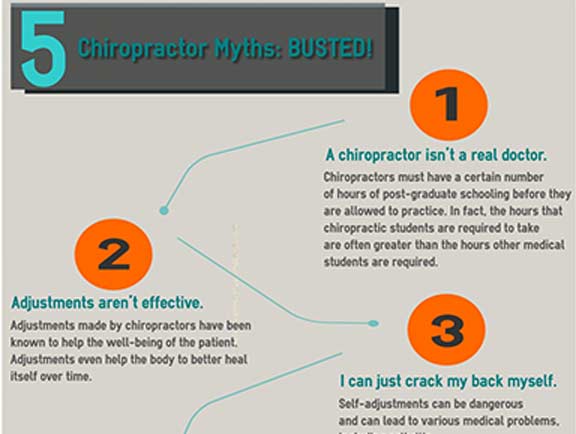Check Out Simple And Sensible Recommendations For Guaranteeing Your Back Continues To Be Healthy And Balanced And Content
Check Out Simple And Sensible Recommendations For Guaranteeing Your Back Continues To Be Healthy And Balanced And Content
Blog Article
Composed By-Ibrahim Fraser
Maintaining appropriate position isn't practically staying up directly; it has to do with aligning your body in a manner that sustains your back and lowers the threat of neck and back pain. The method you sit, stand, and move throughout the day can substantially affect your spinal health. However how exactly can you make sure excellent positioning regularly, also throughout active days loaded with numerous activities? Let's dive deeper into the refined yet impactful adjustments you can make to your daily routine to maintain your back pleased and healthy.
Importance of Correct Position
Correct stance is important in preserving a healthy back and protecting against pain. When you rest or stand with great stance, your spinal column is in alignment, minimizing pressure on your muscle mass, tendons, and joints. This positioning permits the body to distribute weight uniformly, stopping too much stress on certain locations that can bring about pain and discomfort. By keeping your spine correctly straightened, you can additionally improve your breathing and food digestion, as slouching can press organs and restrict their capability.
In addition, keeping good stance can enhance your overall appearance and positive self-image. When you stand tall with your shoulders back and head held high, you exhibit confidence and appear even more friendly. lower back hurts when standing can likewise make you really feel much more invigorated and alert, as it promotes correct blood flow and enables your muscle mass to function efficiently.
Incorporating correct posture into your daily routine, whether resting at a desk, walking, or working out, is vital for avoiding neck and back pain and advertising general health. Remember, a little modification in just how you hold on your own can make a considerable difference in exactly how you feel and work throughout the day.
Common Postural Mistakes
When it comes to maintaining good position, many individuals unwittingly make typical mistakes that can add to pain in the back and discomfort. One of one of the most prevalent errors is slouching or hunching over while sitting or standing. This placement places too much pressure on the spinal column and can result in muscular tissue inequalities and discomfort in the long run.
Another common blunder is overarching the reduced back, which can squash the all-natural curve of the spine and trigger pain. In addition, going across legs while sitting may feel comfy, but it can develop an imbalance in the hips and hips, causing postural concerns.
Using a cushion that's as well soft or also firm while resting can additionally influence your alignment and add to pain in the back. Finally, frequently craning your neck to look at displays or readjusting your setting regularly can stress the neck and shoulders. Being mindful of these typical postural blunders can assist you keep better alignment and decrease the threat of pain in the back.
Tips for Correcting Positioning
To enhance your positioning and decrease pain in the back, it's important to focus on making small changes throughout your day-to-day routine. Begin by being mindful of your posture. When resting, guarantee your feet are flat on the flooring, your back is straight, and your shoulders are unwinded. Prevent slouching or leaning to one side. Usage ergonomic chairs or cushions to sustain your reduced back.
When standing, distribute your weight uniformly on both feet, keep your knees a little bent, and embed your hips. Engage accident care chiropractic to sustain your back. Take breaks to extend and walk around if you have an inactive work. Include workouts that strengthen your core and back muscle mass, such as planks or bridges.
While resting, use a cushion that supports the all-natural curve of your neck to maintain proper spinal positioning. Avoid sleeping on your stomach, as it can strain your neck and back. By being mindful of these ideas and making small adjustments, you can progressively fix your alignment and relieve back pain.
Conclusion
Remember, preserving good posture is crucial to avoid back pain and promoting spinal health. By being mindful of your positioning, distributing weight uniformly, and involving your core muscular tissues, you can lower stress on your back and minimize the risk of pain and injury. Incorporate ergonomic assistance, take normal breaks to stretch, and reinforce your core and back muscles to maintain correct placement throughout the day. Your back will thank you for it!
